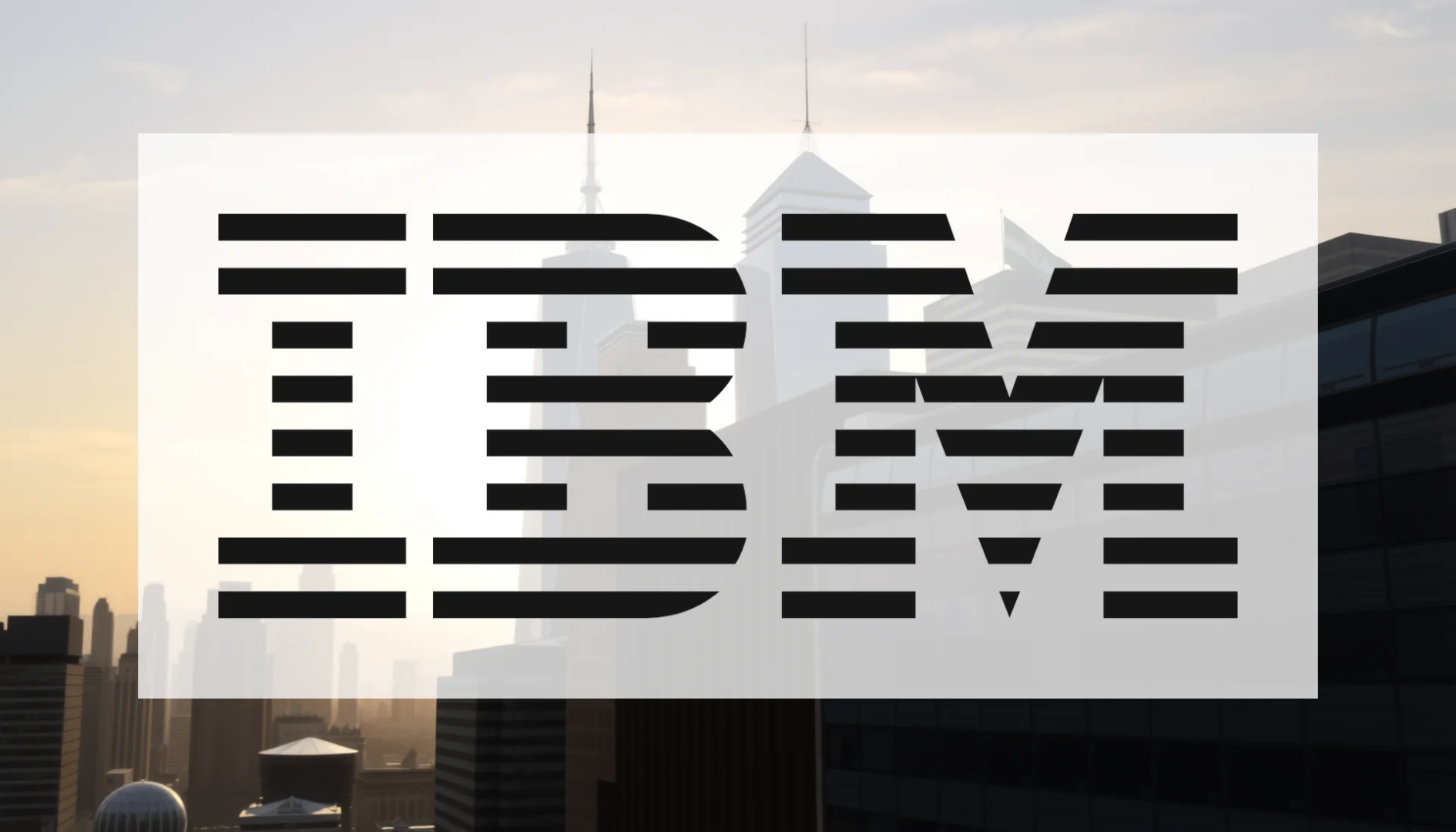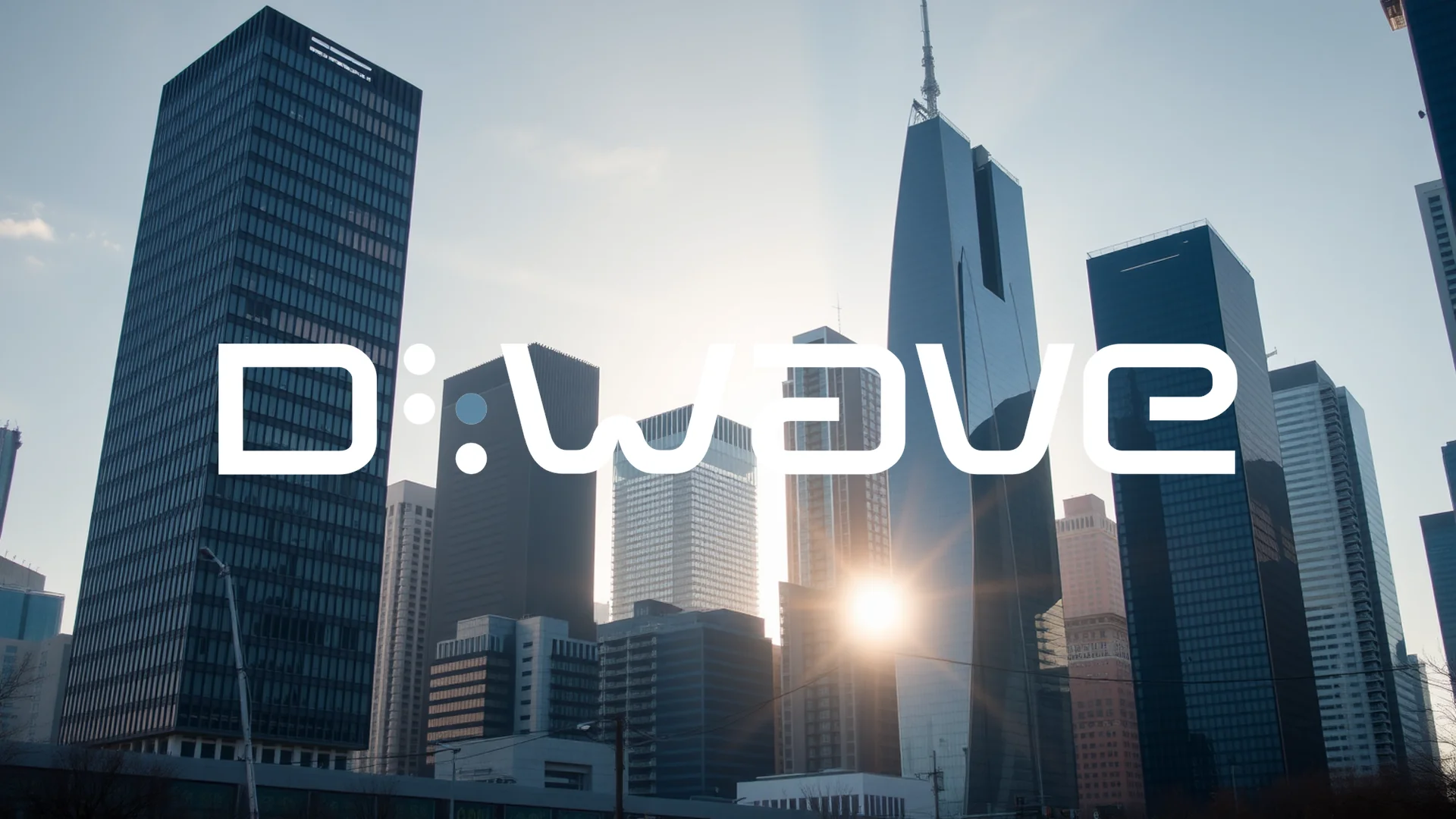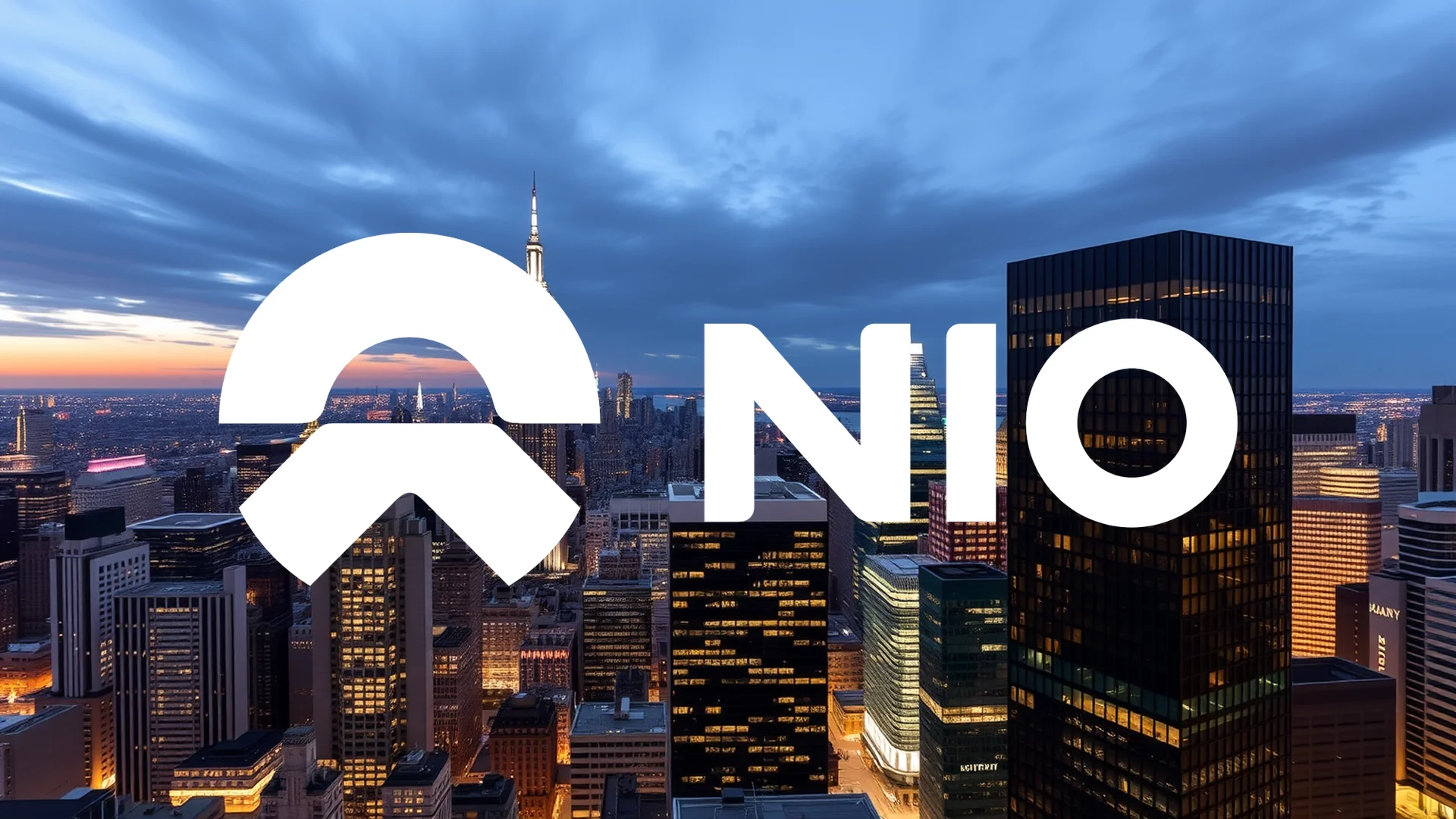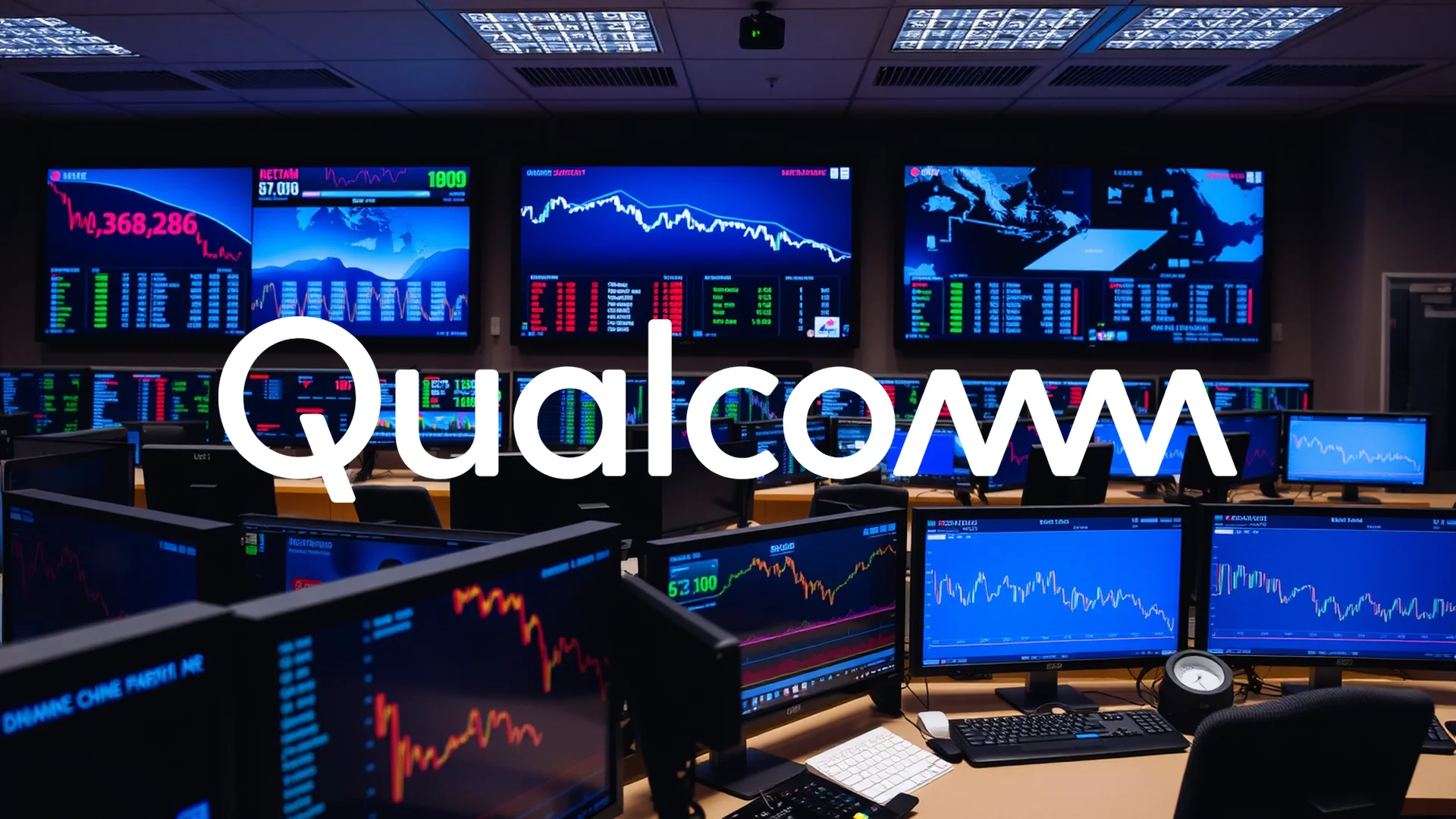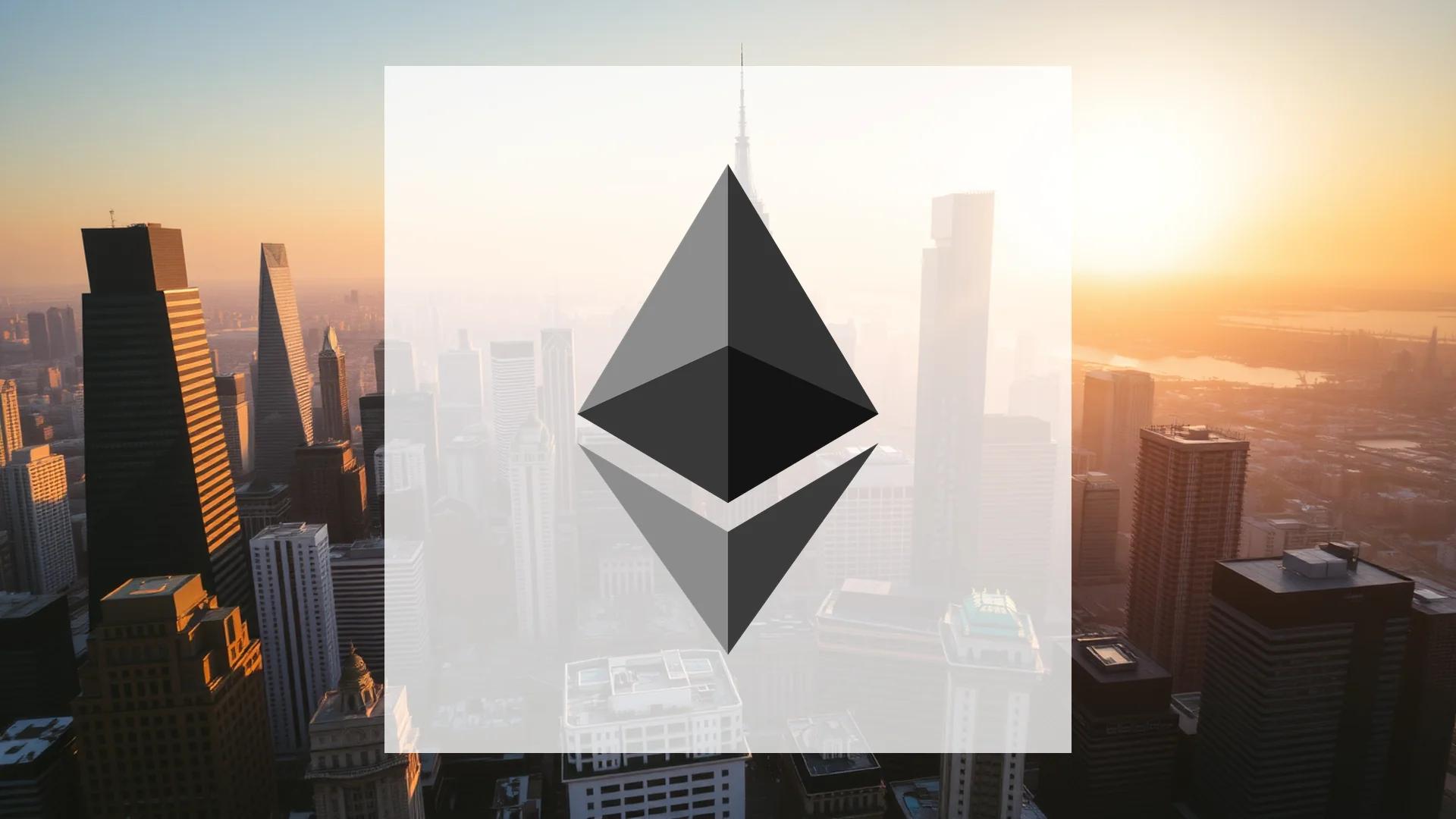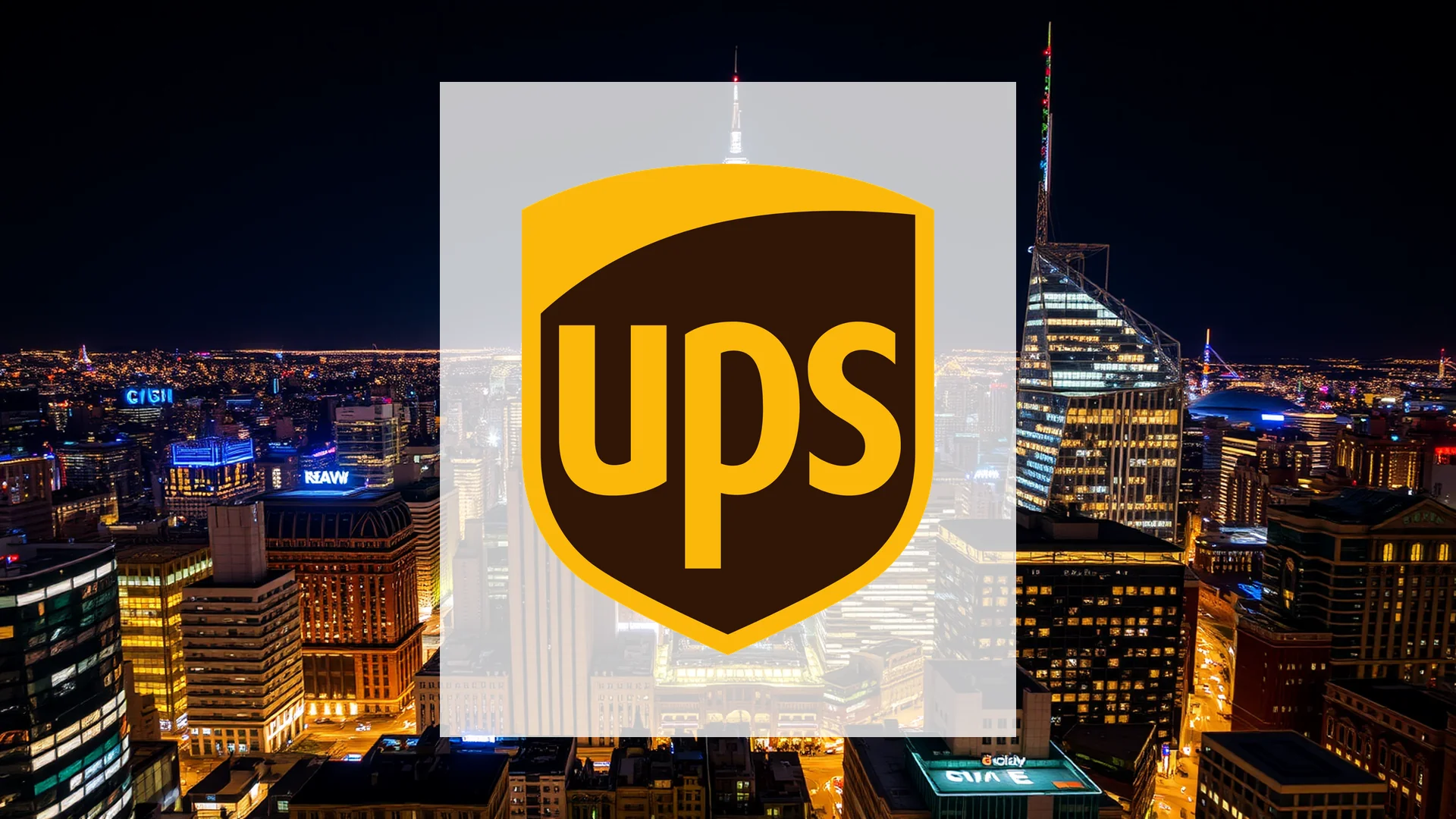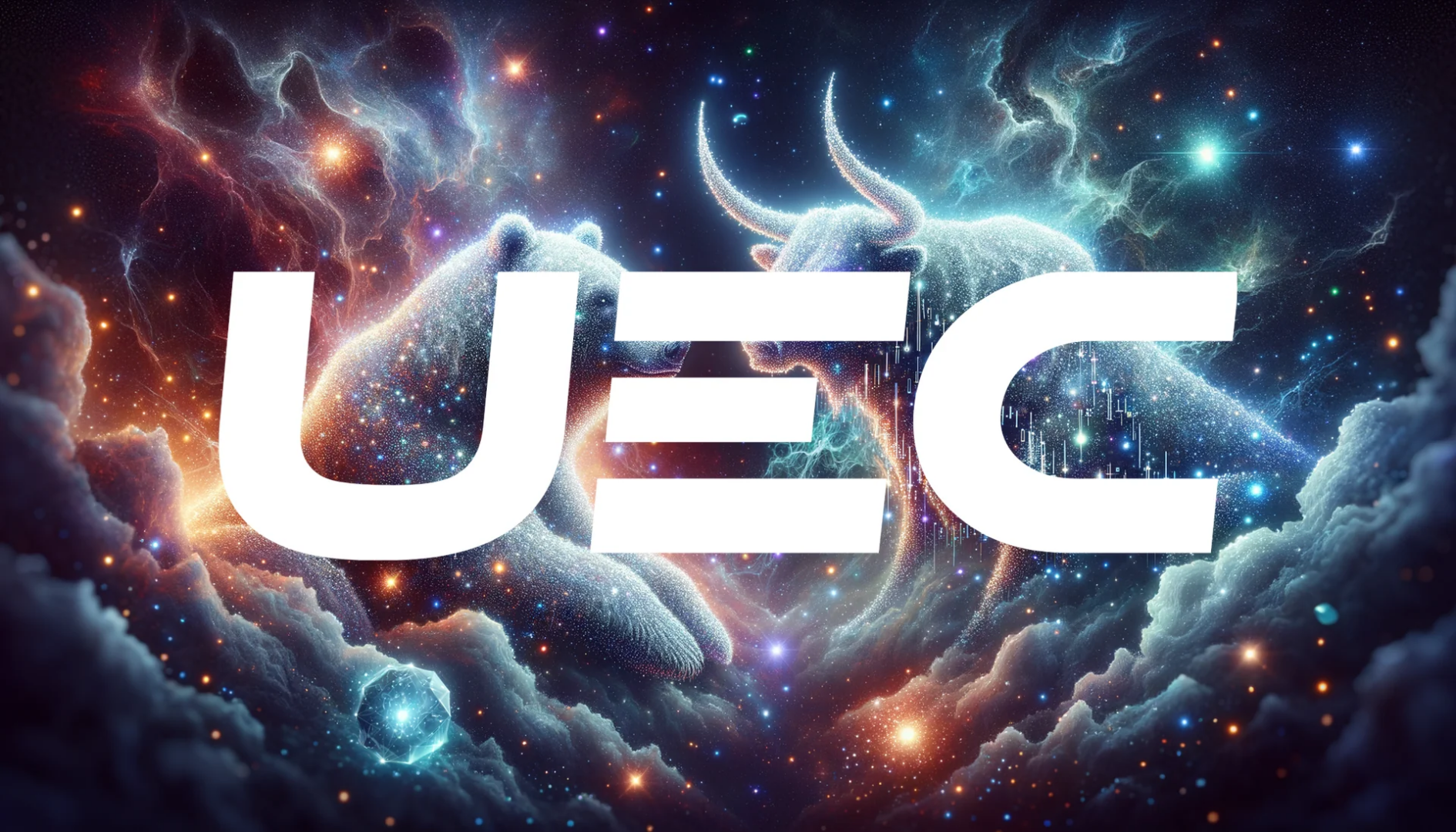IBM’s latest quarterly results delivered an unwelcome surprise to investors, with shares declining 3% in after-hours trading despite the company reporting an impressive $3 billion AI project pipeline. The market’s reaction signals that even substantial artificial intelligence successes cannot mask the deeper structural issues facing the established technology giant.
Mixed Performance Across Business Segments
The company fell short of Wall Street expectations with total revenue of $14.97 billion, missing the $15.07 billion consensus estimate. This disappointing overall performance occurred even as IBM’s software division emerged as a standout performer, generating $6.52 billion in revenue—surpassing projections of $6.37 billion and registering substantial 10% growth.
Red Hat, IBM’s billion-dollar acquisition from 2019, continues to be the portfolio’s star component. The open-source platform accelerated its expansion pace from 7% in the previous quarter to an impressive 14%. CEO Arvind Krishna highlighted that approximately 80% of AI-derived revenue originates from consulting services, though this segment simultaneously reveals underlying weaknesses.
Consulting and Infrastructure Divisions Struggle
The consulting business disappointed with revenue of $5.15 billion, representing a 0.5% decline. Chief Financial Officer Jim Kavanaugh attributed these results to ongoing macroeconomic uncertainty causing clients to delay spending decisions.
Should investors sell immediately? Or is it worth buying IBM?
More dramatic challenges emerged in the infrastructure segment, where revenue dropped 7% to $3.04 billion, significantly below the anticipated $3.24 billion. This shortfall was primarily driven by a 19% collapse in mainframe sales—traditionally one of IBM’s most reliable profit generators.
Strategic Moves and Operational Strengths
IBM continues to advance its hybrid cloud strategy with the planned $6.4 billion acquisition of HashiCorp, scheduled for early 2025. This transaction, representing the company’s second-largest purchase after Red Hat, aims to significantly enhance IBM’s automation capabilities through integration of Terraform technology.
Despite revenue headwinds, IBM demonstrated operational strength with $6.59 billion in free cash flow generated during the first nine months of the year. The software division’s impressive 83% gross margin provides clear evidence of the company’s ongoing transformation toward higher-margin technology services.
Ad
IBM Stock: Buy or Sell?! New IBM Analysis from November 19 delivers the answer:
The latest IBM figures speak for themselves: Urgent action needed for IBM investors. Is it worth buying or should you sell? Find out what to do now in the current free analysis from November 19.
IBM: Buy or sell? Read more here...

